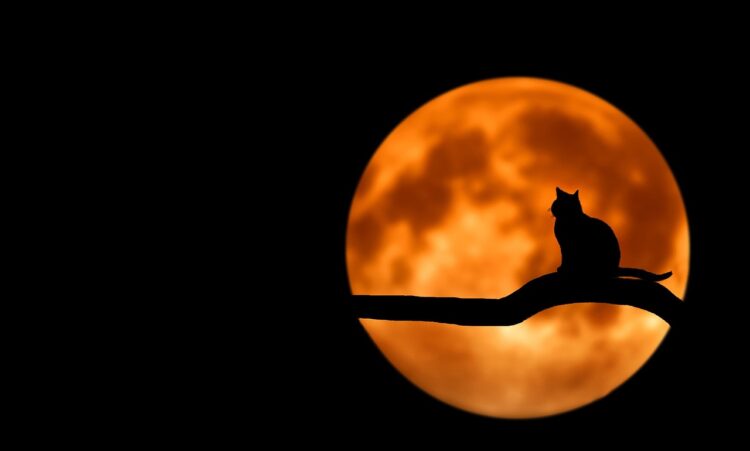
Hugh Torance House Halloween event Oct. 29
Oct. 24. The Hugh Torance House and Store is hosting a free family-friendly Halloween Spirit Day event Oct. 29 from 1 pm to 4 pm.
There will be pumpkin rolling races, crafts, an age-appropriate Spooky Trail, and some 19th-century Irish yard games that harken back to the misty legends of warriors and fairy tales.
The event is perfect for little ones, 4-10 year-olds. The event is free, but register for tickets in advance at www.hught.org. For more info call 704-920-9931 or email info@hughtorancehouseandstore.org.
Background
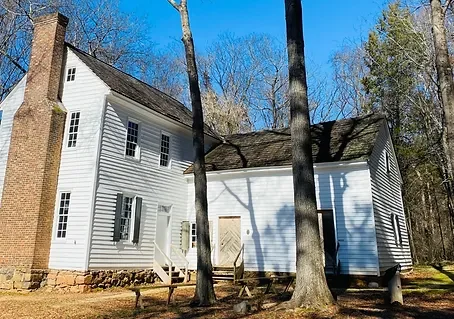
Hugh Torance House & Store
Spirit Days is a celebration honoring the Scots-Irish heritage of Hugh Torance and his three brothers, who left Ireland and came to the British American colonies in 1763. During the late 1700s and 1800s, Scots-Irish immigrants settled throughout the Catawba Valley region. They brought their many talents and traditions along too, such as quilting, pottery, distilling of whiskey and music, as well as the Scots-Irish roots of Halloween and the Jack-o-lantern.
History of Halloween
Halloween’s origins date back to the arrival of Christianity in the British Isles around the 9th century and the inevitable culture clash with the Celtic inhabitants. The Celtic tribes observed culturally important festivals prior to the church’s arrival. One of their most important days was Samhain (pronounced SAH-wain). This was a fall harvest festival held annually on the cross-quarter day between the autumnal equinox and the winter solstice, which falls around Oct. 31. 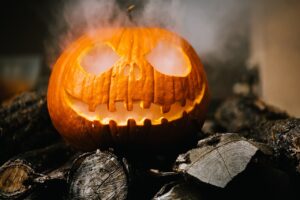
The time between sunset and sunrise on this day was known as the threshold between the living and the dead. It was believed that during this annual window of time, the barrier separating the living and dead was at its thinnest, and possible for souls to cross over for the evening. Samhain was a time to remember the dead, as well as ask for their help during the harsh winter ahead.
Disguises
They would honor dead loved ones with seats at the dinner table and cakes for spirits. The cakes became known as soul cakes and were left on doorsteps for protection. Disguises were worn to blend in with any demonic souls that crossed over so they would be left alone.
Treats
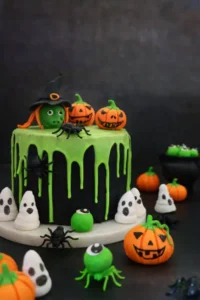
Soul cakes became Halloween treats
When Christianity arrived in the British Isles, the church renamed Samhain to All Hallows’ Eve (the night before All Hallows’ Day), but the soul cake tradition and costumes carried on. Instead of being left on doorsteps, costumed children would go door to door singing “soul cakes for the soul” and would be given cakes, fruits, and or coins in exchange for praying for loved ones’ souls. If a household was less generous with their offerings, they may receive a “trick” played on them.
All Hallows’ Eve eventually became known as the modern holiday we now know as Halloween.
Pumpkins: Better than turnips
The ancient Irish legend of Jack of the Lantern, or Jack O’Lantern, tells of Jack’s dealings with the Devil. When Jack died, St. Peter turned him away from heaven because of his evil ways and the Devil would also not let him into hell. Jack was doomed to walk on Earth with all the other evil spirits for eternity.
Jack was scared of the dark so the Devil gave him one ember from hell in a carved-out turnip to keep away evil spirits. During Samhain, people would create their own jack-o-lanterns to ward off evil spirits. When the Scots-Irish came to America they discovered that pumpkins made a better “lantern,” and the tradition continues on fall doorsteps to this day.
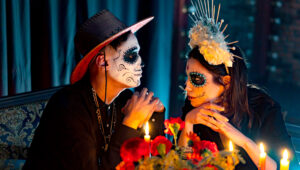 • For more fun Halloween events click here.
• For more fun Halloween events click here.




